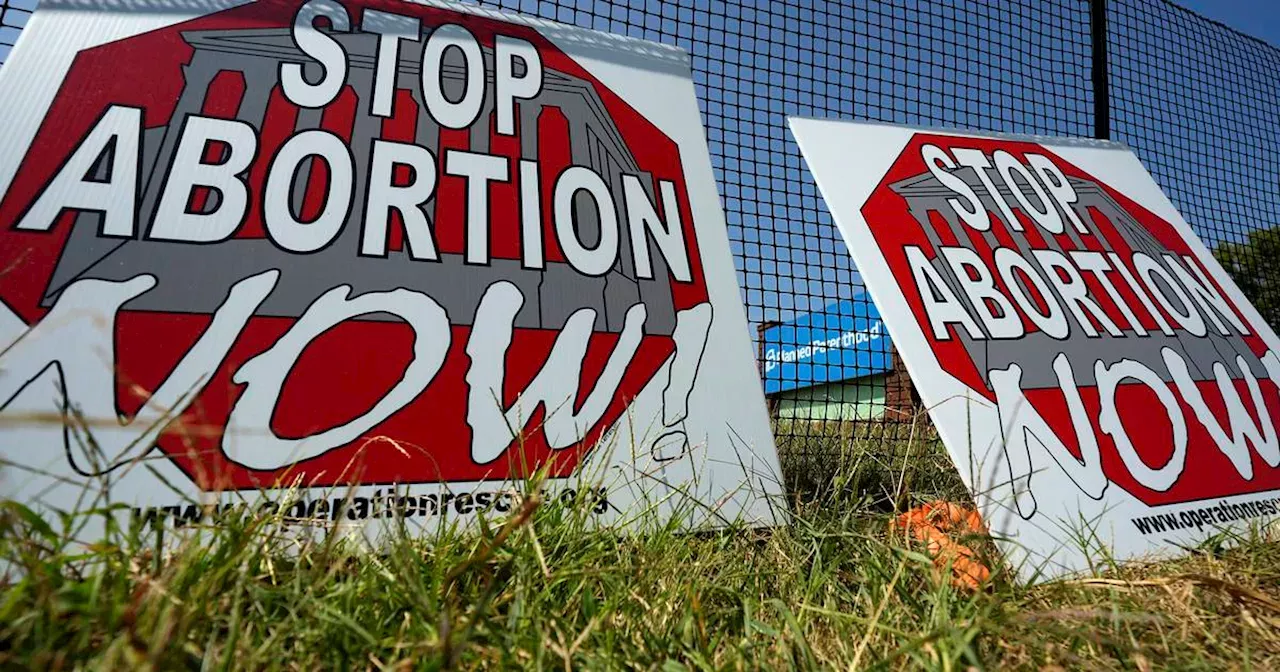COLUMBIA — Accra, the capital city of Ghana, and Columbia have more in common than you might expect. Both were devastated by major flood disasters in 2015 . They receive similar amounts of rainfall every year.
Rapid development is replacing green space with concrete, exacerbating flooding issues. And they have maintained a diplomatic relationship as "sister cities" since 2011, in part to exchange ideas and discuss ways to better manage their stormwater problems. Additionally, green infrastructure like bioswales, rain gardens and other natural drainage solutions have been recommended to both cities as an efficient and increasingly popular method for cities to prevent flooding.

Columbia officials met with Accra leaders most recently in July. Though stormwater and flooding wasn’t on the agenda, the city is interested in having that conversation given the similarities, according to Payton Lang, the mayor’s spokesperson. Less green and more gray brings several problems with cities, one of the most notable being more runoff.
Traditional stormwater is typically worse for the surrounding environment than what's sometimes referred to as green infrastructure. Examples of such infrastructure include bioswales, or vegetated ditches, along roadways and parking lots; rain gardens, low-lying grassy areas that can collect rainwater from a roof or concrete surface; and planters with trees and vegetation. Cities that implement such infrastructure to a large degree are sometimes referred to as “sponge cities” or “forest cities.
" Much of Columbia is covered in seas of parking lots with little vegetation around. Columbia lost 22 percent of its tree canopy from 2005 to 2019, University of South Carolina researchers found in 2022. “We have learned over the years that simply putting down more pavement and more impervious surface increases our runoff, exacerbates nuisance flooding during high-intensity rain events and can be detrimental to water quality as well,” said Clint Shealy, the director of Columbia Water.
Other than the stormwater and flood prevention benefits, sponge cities also tend to have better air and water quality, and more space for recreation. The introduction of more green also offers beautification for areas that are eyesores. Shealy pointed to the MLK Park near Five Points, one of the most flood-prone areas of the city, as a successful example of adding green space to minimize flooding.
“It's a beautiful public recreation spot but also provides great benefit during the high-intensity rain events,” he said. In July, the Midlands also received nearly $9 million to cool down areas with little tree coverage and lots of pavement, known as heat islands, by building solar panels and green infrastructure. Accra receives a similar average rainfall amount every year: about 31-49 inches compared to Columbia’s 45.
In 2015, a major flood killed over 200 people in the capital city. A 2023 research paper in the Journal of Environmental Science and Policy heavily recommended Accra move toward "good green governance" to prevent another disaster and explored some of the reasons the government has been slow to implement green infrastructure. Much of the dense, capital city of 2.
6 million's issues are a result of the "relentless replacement of natural landscapes with conventional grey infrastructure such as concrete stormwater systems, pavement and buildings in urban areas," the paper's authors wrote. There is next to no vegetation in the core area of the city due to this rapid conversion. Shealy said that implementing green infrastructure instead of resorting to bigger concrete pipes is challenging because it's a bit more land intensive.
"You have to have property to be able to do that," Shealy said. "That can sometimes be a barrier, particularly in urban settings." The city is in the planning stages for a green infrastructure project along Rocky Branch Creek in the Five Points area that would bring potentially more vegetation as well as alleviate some chokepoints by widening pipes or culverts.
"You can't solve issues like that with just green infrastructure alone, but a combination of that with some conveyance improvements can really make a difference," Shealy said. "I think you'll see a really neat combination of green infrastructure in public space and conveyance.".



















